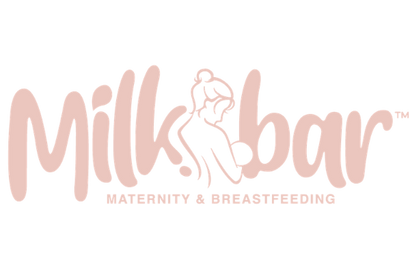Your Cart is Empty
I have just had twins and needed to get my milk supply cranking to accomodate these sweet muffins and this pump was the absolute perfect tool for the job. It’s gentle and effective and not outrageously loud like some pumps can be! Couldn’t be happier with this purchase, it’s been 100% vital.
I originally had a bigger flange size, after seeing a lactation consultant she suggested a smaller size. These ones are amazing! Love milk bar.
It is a nice on the go pump and nice to use while doing chores. 😊






